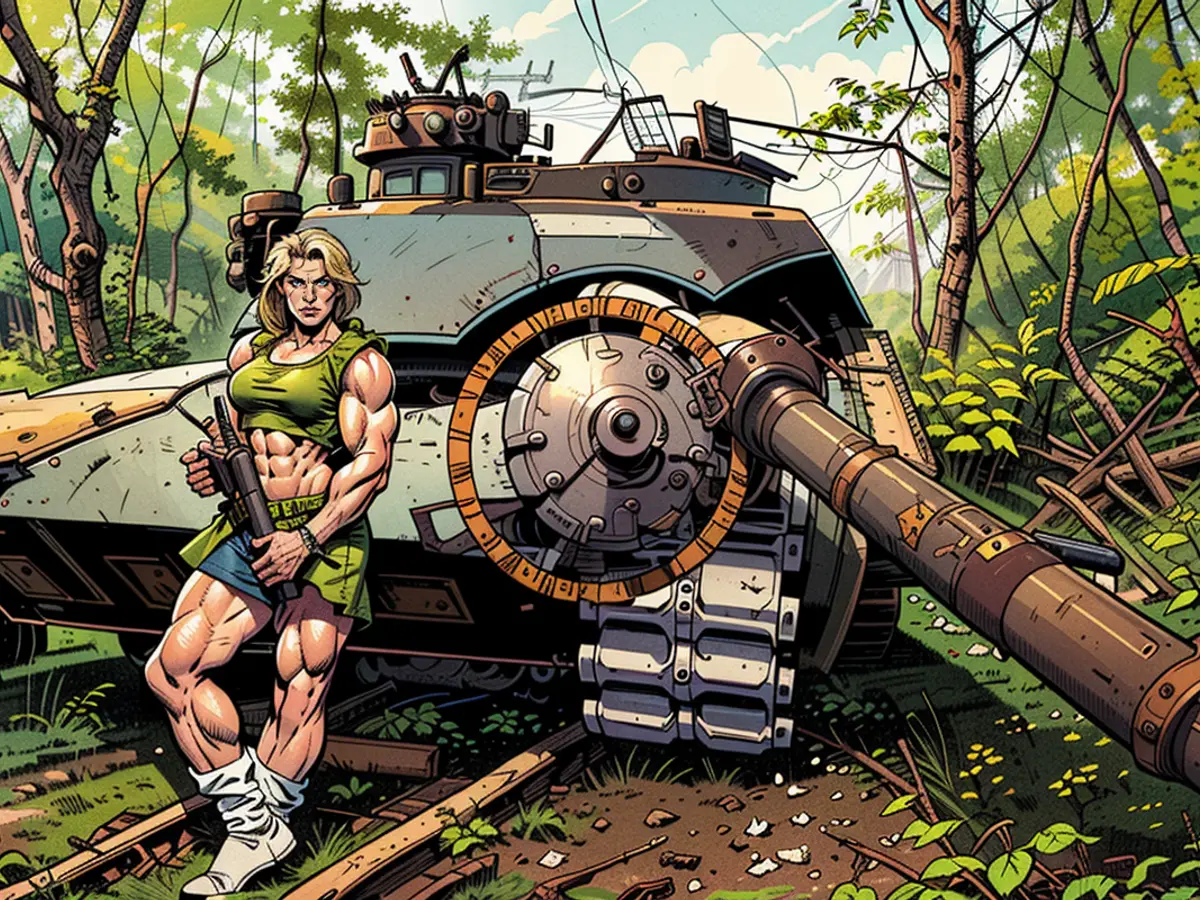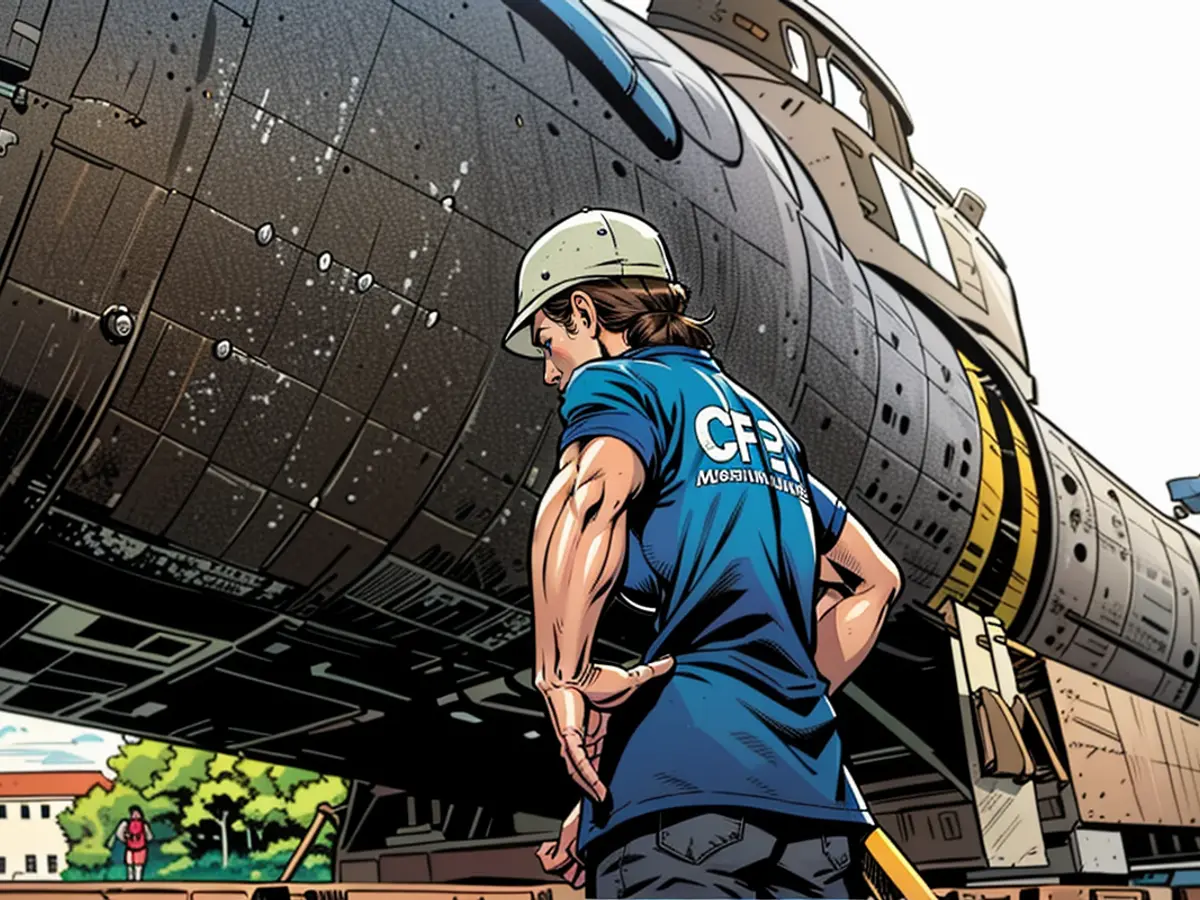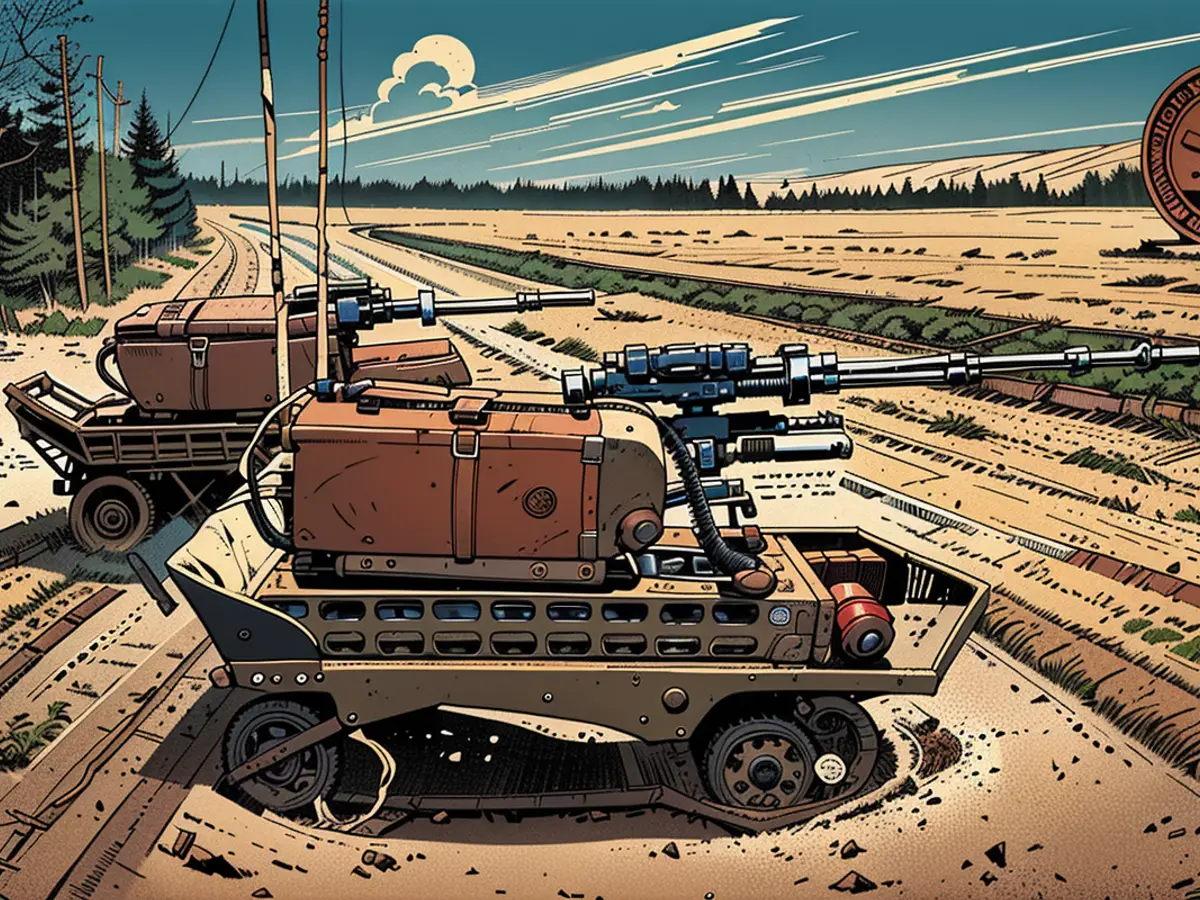Ukrainian Conflict - Western wonders fail: Ukrainian soldiers share experiences with the US M1 Abrams tank on CNN.
Supporters from the West have provided Ukraine with three modern types of combat tanks: the German Leopard 2, the British Challenger 2, and the American M1 Abrams. CNN managed to obtain opinions from Ukrainian soldiers regarding their experiences with the M1 Abrams. The feedback is alarming.
The M1 Abrams weighs more than the Soviet T-models but has inadequate armor. "The armor is insufficient here," remarked a crew member named Joker to CNN. "It doesn't shield the troops." Most notably, drones make things difficult for the US tank. They can zero in on vulnerable spots. The M1's mediocre top armor exacerbates the problem. As with all tanks, it was developed during a time when threats were primarily expected from the front, hence the strong frontal armor. Drone pilots are aware of this, thus they target the tank's unprotected areas, which can include small details like the target optics and sensors, as well as the rear engine and the almost unshielded tank roof.
M1 Abrams not sufficiently adapted to drone threats
A CNN video showed the M1 Abrams has not been significantly modified to accommodate the Ukrainian conflict. To protect against drones, Russians and later Ukrainians added cages to the roof, first improvised, and then in series. These cages aim to make drones or dropped grenades detonate between 50 and 100 centimeters away from the actual armor. Tanks and frames are also fitted with reactive armor to achieve this. These are small packs that explode to hinder the prevalent explosive charge from the tank.
Sending a tank without modifications to suit the battlefield conditions is baffling. Russian engineers travel to the frontlines to converse with crews and discover flaws. The defenses are not flawless, but numerous drone strikes often fail to bring down a tank. However, the depicted Abrams lacks the mentioned shielding. The Ukrainians will likely add reactive armor to it. Unfortunately, due to the M1 Abrams already being overweight and underpowered for Ukrainian terrain when it's wet, there's minimal room for additional weight. Additionally, adding protection to the turret directly affects its base.
The crew laments that they aren't fighting under the conditions NATO envisions. NATO doctrine states that armored units only advance once enemy forces have been obliterated by artillery and air support. This isn't the case in Ukraine. "We don't have an air force or artillery. We only have tanks. And that's the problem." Another issue is the primary weapon, the Abrams, developed as a dueling tank to destroy other armored vehicles. Such duels are seldom seen in Ukraine. Tanks are instead used to support infantry. Instead of armor-piercing rounds, explosive shells are needed. However, it seems there's a shortage of these. "We frequently function as artillery. We need to bring down a line of trees or a structure. We've had a case where we fired 17 rounds at a building and it remained standing." CNN reporters witnessed a newly arrived M1 Abrams from Poland become stranded due to engine issues. There's also an issue with condensation in the engines that could ignite the electronics.
Lastly, the M1 Abrams is a high-priority target. "When the tank moves, the drones swoop in, they all want to hit it." "We're the top target on the battlefield." Rewarding those who down Western tanks, the state offers premium rewards, while sponsors and even offer high honorary awards.
The German Leopard 2, however, receives a favorable review. While it's hard to verify the authenticity of specific accounts, its primary weapon operates effectively. The tank is user-friendly and comfortable to operate. Its crew protection level is commendable. Criticism is directed at the high wear rate on spare parts and difficulty of repairs in forward-deployed workshops. The Challenger 2 was seldom seen in action. A visit by British journalists to a training facility resulted in a public relations disaster. The massively heavy Challenger 2 sank in the muddy terrain and all but disappeared.








